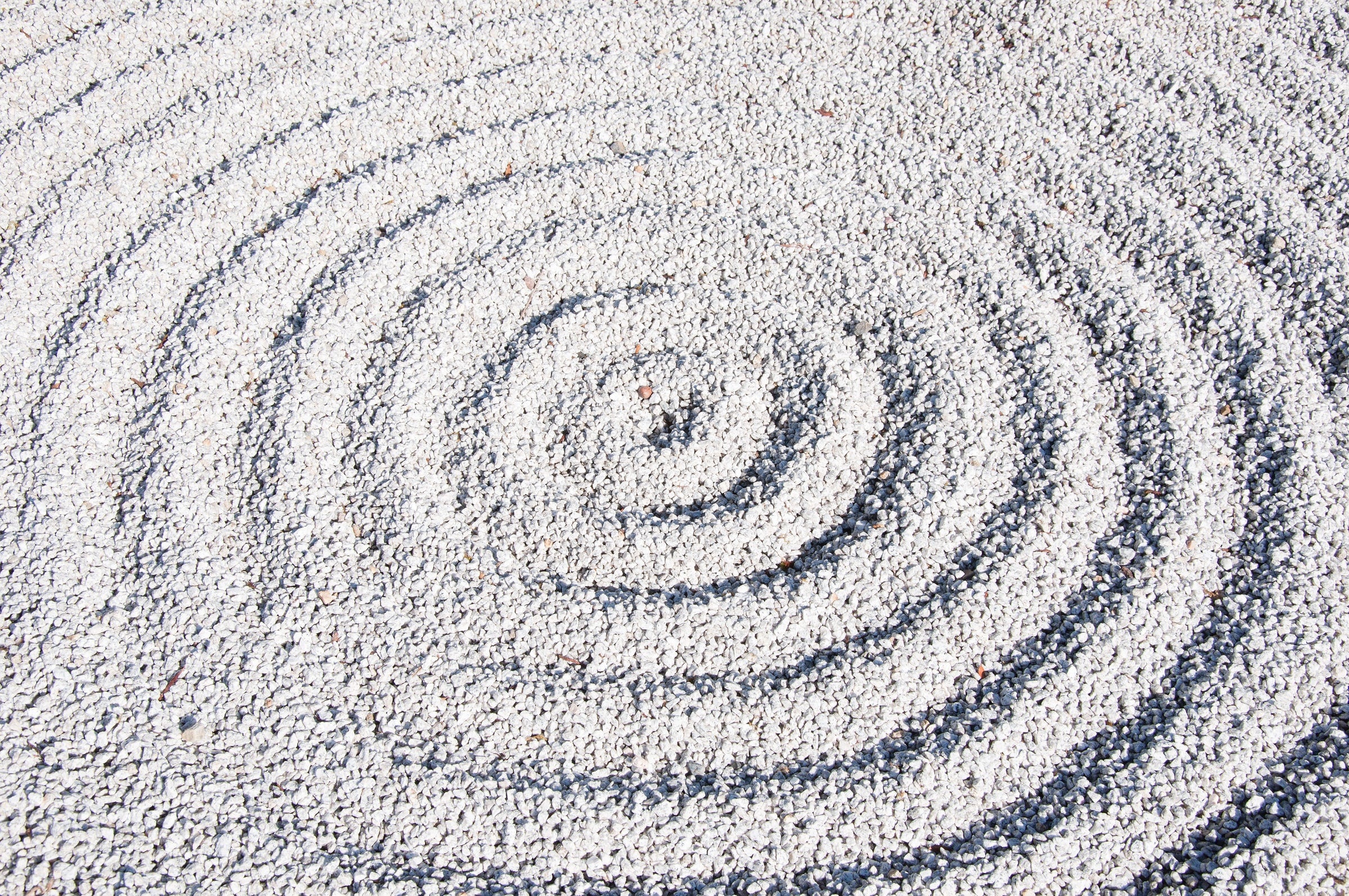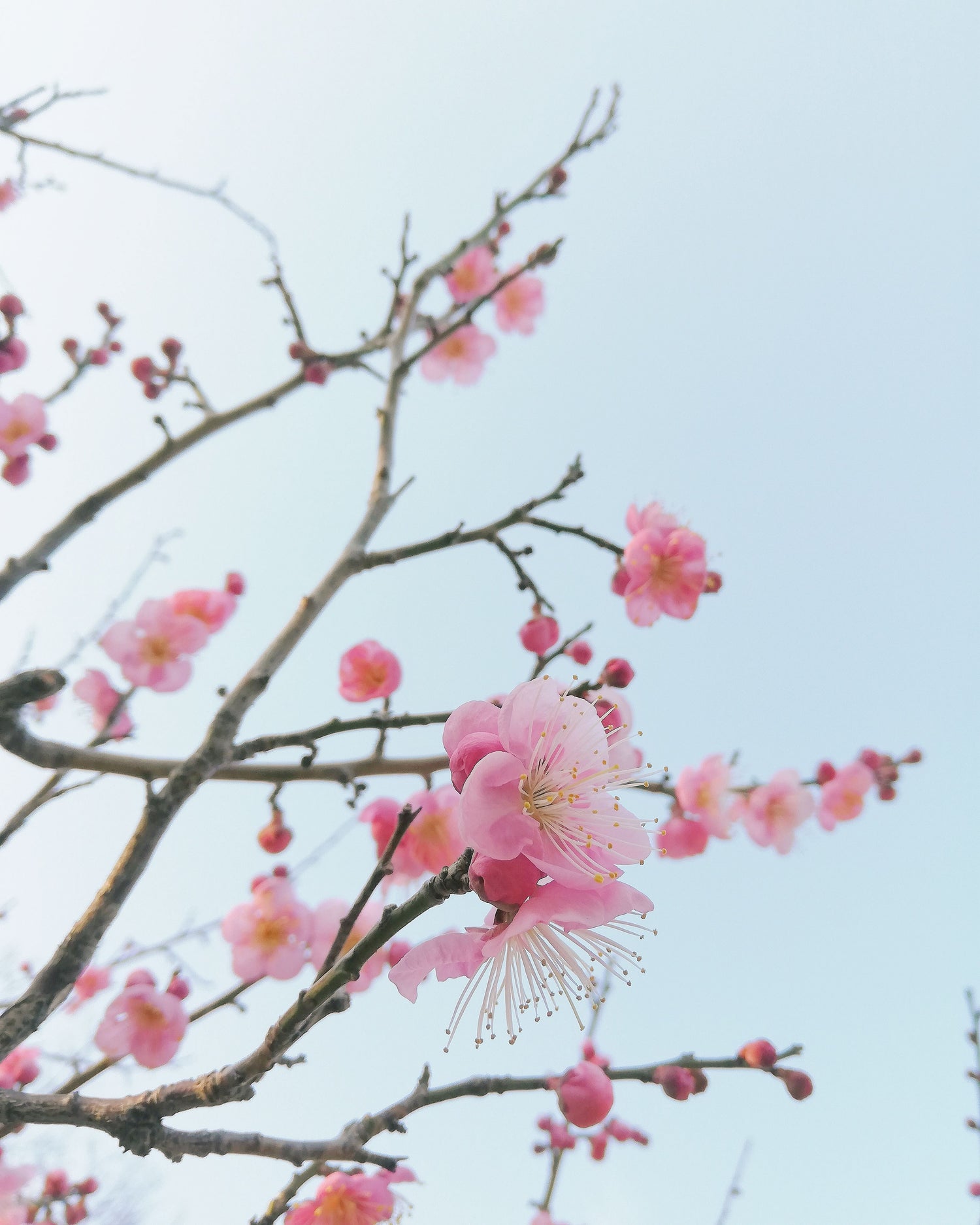
Kyoto
Kyoto is a city nurtured with a history of over 1200 years. The city is blessed with a mixture of traditional culture and modern art. You can feel the history as you walk around the city, and you can discover your own experience in the scent of the ancient city, which is also full of nature. With old-fashioned shops and temples lined up, there are nice little charming shops here and there that make you want to stop. It is a romantic Kyoto that seems to have travelled back in time to the present and the past.

Gosho, plum blossoms, and early spring flowers.
Kyoto Gyoen is a gorgeous national park that surrounds the Kyoto Imperial Palace. You can visit at any time and some flowers are always in bloom. This park has been called the green heart of Kyoto
There are about 200 plum trees in the plum grove and these bloom in early March while later in this month you can see the spectacular shidare-zakura cheery trees in flower.
Discreet Beauty
-

The Japanese shoji screens filter the light that comes through, creating an interior space of peace and beauty. The natural materials used create a sense of harmony within and reflects the consciousness which the Japanese have nurtured over time.
-

The chrysanthemum (菊:Kiku) has long been a notable flower for the Japanese, a symbol of dignity, health, longevity, and charity, and it has been loved as an auspicious pattern and used in many designs. It is a flower which is used as an offering, expressing compassion and modesty.
-

Can you see the subtle beauty in the cracks on the white wall by flowers? What does it evoke for you? For us this is wabi-sabi, the Japanese aesthetic which sees beauty in the imperfect, the impermanent and the incomplete.
Geometrical
-

Experience the peace and tranquillity of the Japanese Zen Garden. Using rakes to creates shapes and patterns in the sand and plants to create shape and shadow, these gardens are a restful place for the weary traveller, a place to soothe the soul and contemplate life.
-

Although Kyoto is renowned for its traditional Japanese house, there are also many beautiful modern buildings which incorporate geometric designs. Consequently Kyoto has a good reputation for its eclectic Japanese-Western architectural style where Japanese and Western ideas are fused. Discover the beauty that transcends boundaries between the past and the present, the East and the West.
-

The bamboo grove in Arashiyama is well worth a visit if you are unfamiliar with such places.
Although popular and busy, you will be amazed at the thousands of bamboo that grow very tall, creating a space which is dark and mysterious, where you can hear the leaves sing in the wind, and you can get lost in this unique experience.
Tasty Kyoto
-

Founded in the Meiji era, "Tengu " is a well-established homemade udon noodle restaurant.
Located in the Arakamiguchi area, where there are many hidden famous stores.
Loved by many people of all ages. -

"Demachi Futaba" dates back to 1899 (Meiji area 32). A long-established store in Kyoto which has been loved by people from all over the world. The most popular sweet is the "Mame-mochi". Each one is carefully hand-made with time and effort in the store.
-

Cafe "Momo-haru(百春)" opened in 2015 in the Marutamachi area. Exquisite extra-thick eggs sandwiches enchant you. Coffee that carefully brews home-roasted beans every morning with a hand drip. A stylish cafe in Kyoto where you can relax and find your slow time.








